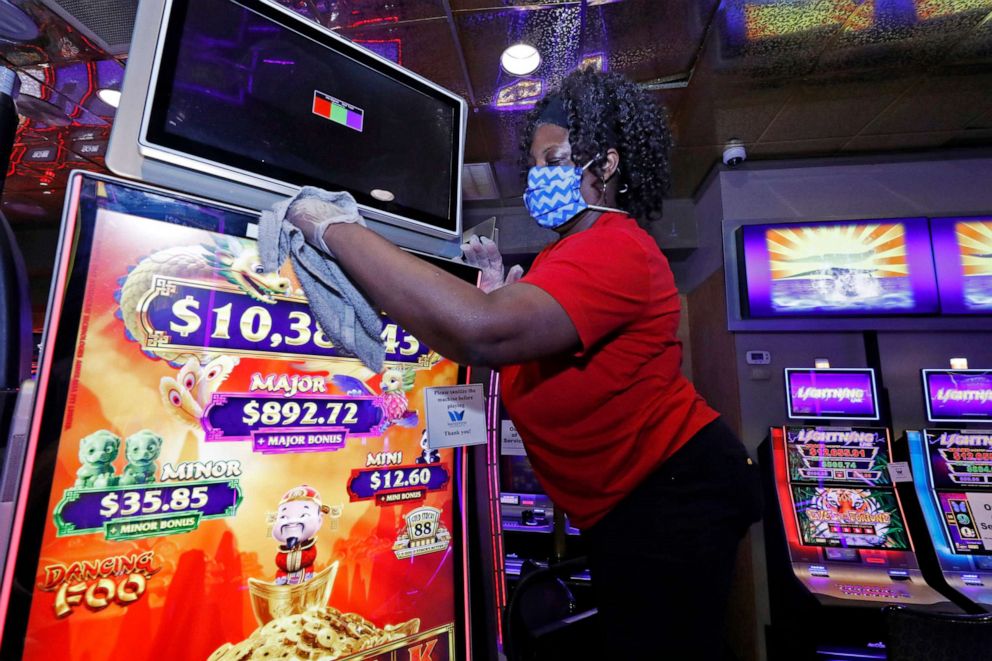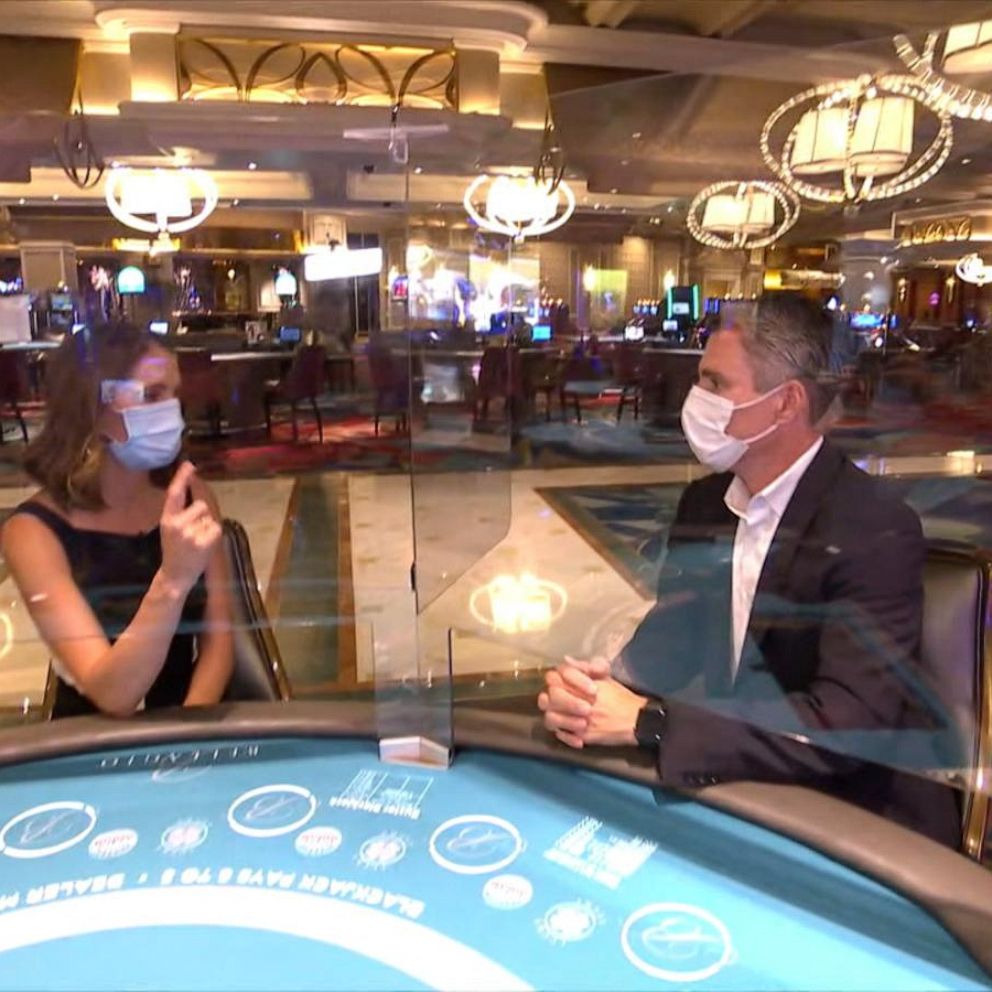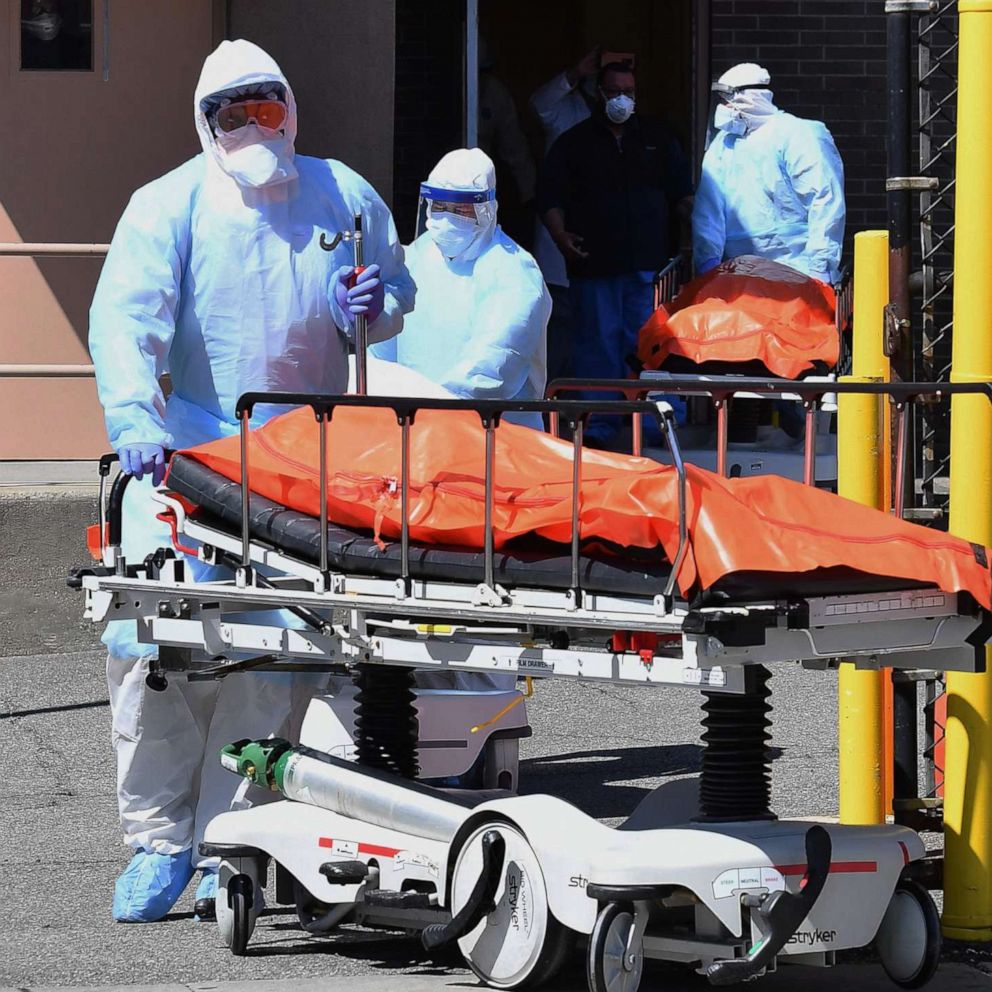Tracking what's happening in states as they reopen
As states reopen, ABC News looked at whether cases are increasing.
Stay-at-home orders and limitations on nonessential businesses continue to be lifted across the country as the novel coronavirus pandemic eases. But fears of a second surge in cases as states allow for more contact between people is on the minds of many.
Dr. Anthony Fauci, a member of the White House coronavirus task force, warned of just that during a Senate hearing on May 12.
"There is no doubt, even under the best of circumstances, when you pull back on mitigation, you will see some cases appear," Fauci said. "It's the ability and the capability of responding to those cases with good identification, isolation and contact tracing, to determine whether you can continue to go forward as you try to reopen America -- so it's not only doing it at the appropriate time, with the appropriate constraints, but having in place the capability of responding when the inevitable return of infections occur."
To examine whether the spread of COVID-19 may have been affected by the easing of social distancing restrictions, ABC News looked at the first 21 states to ease restrictions.
ABC News looked at data from the following states: South Carolina, Montana, Georgia, Mississippi, South Dakota, Arkansas, Colorado, Idaho, Iowa, North Dakota, Oklahoma, Tennessee, Texas, Utah, Wyoming, Kansas, Florida, Indiana, Missouri, Nebraska, Ohio.
Analyzing seven-day averages, there were no major increases in hospitalizations, deaths or percentage of people testing positive in any of the 21 states. However, there are some changes that bear watching to see if they become more extended trends.
Although the daily numbers of positive cases increased in some states as the daily counting of COVID-19 numbers resumed at full-speed following Memorial Day weekend, a seven-day moving average gives a clearer picture of developing trends.

Conclusions:
Upward trends
One caveat: These conclusions are only as good as the data that goes in. Some states are not reporting hospitalizations or test positivity. But in terms of searching for any signal that something has changed since reopenings began, these findings are a good starting point. Data is sourced directly from state departments of health, and the COVID Tracking Project.
We also looked at test positivity rate -- a measure of how many tests are positive for COVID-19 compared to the amount of tests run. The World Health Organization recommends before reopening the rate of positivity should remain at 5% or lower for at least 14 days.

Some states may be reporting increases in the cases they find even if the virus is not spreading, because they are running a lot more tests. By looking at test positivity, we can get a sense of whether the population of people infected with COVID-19 is growing. A high rate of test positivity could be seen as an indication that the state is only testing the sickest patients that are already likely to test positive and not a wide enough population, while a low rate of positivity could be a sign that the state has sufficient capacity in place to test enough people.
We have also used The New York Times data to look at all 50 states and assess whether new reported cases have declined each day over the past two weeks. By that measure, no states have seen a consecutive decline for 14 days in a row in terms of new reported cases. But we should note that this does not mean states are not experiencing a clear downward trajectory when considering the entire curve.
Also, states like Alaska, Vermont, Hawaii, Wyoming and Montana are examples of states that are recently reporting few if any cases each day.
Conclusions
We've also been watching rt.live, a site that tracks the rate of reproduction of the virus. As the site says, "It's the average number of people who become infected by an infectious person. If Rt is above 1.0, the virus will spread quickly. When Rt is below 1.0, the virus will stop spreading."
Eleven states -- Texas, Georgia, North Dakota, Arkansas, Maine, Utah, West Virginia, Alabama, Tennessee, Washington and Montana -- have Rt rates at or above 1. This project also sources data from the COVID Tracking Project.
ABC News' Soorin Kim, Arielle Mitropoulos, Benjamin Bell, Terrance Smith, Kate Holland, Mark Osborne, Greg Bradbury and Brian Hartman contributed to this report.







